Born in captivity, raised in freedom
Updated: 2015-08-27 07:36
By Chitralekha Basu(China Daily)
|
||||||||
Family connections
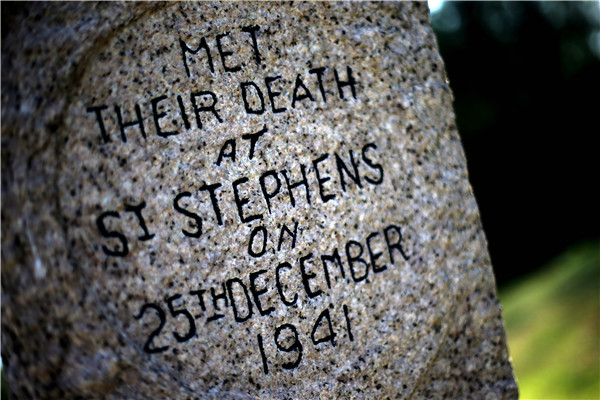 |
|
A headstone dedicated to the doctors and nurses at St Stephen's College Hospital, who were murdered by Japanese soldiers in December 1941. Edmond Tang / China Daily |
Revisiting Stanley Cemetery as the 70th anniversary of Hong Kong's liberation approaches probably inspires a different set of emotions in him today. After all, the burial ground was once part of the internment camp in which he and his brother were born, and one of them never left. Clarke sees his personal loss in the context of the big picture. Commemorating war is as much about remembering the dead as remembering those who lived to tell the tale, according to Clarke. "I didn't suffer in the war, but there were millions who went through hell. For them it was a nightmare. Those scars never healed," he said.
George Cautherley's connection with Stanley Cemetery goes back almost a century and a half, when Bridget, his maternal great-great-grandmother, accompanied her husband, an Irish soldier called Private William Purcell to Hong Kong. She died in 1864 at age 26. An unpolished granite tablet engraved with the names of five women stands close to the spot where Bridget's remains lie.
The women, who were nurses, were gang-raped and then murdered during a massacre of medical professionals and wounded soldiers committed by Japanese soldiers at the military hospital at St Stephen's College on the morning of Dec 25, 1941.
Cautherley's mother, Dorothy, a volunteer nurse at Bowen Road Hospital, from where medics were sent on secondment to other facilities, could have been one of them. It was by sheer luck that she was on duty at Bowen Road on that fateful day.
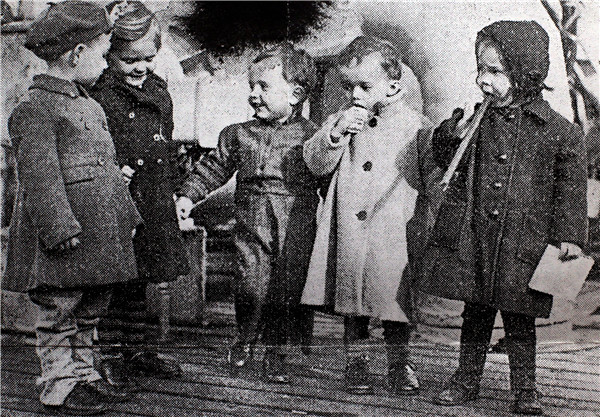 |
|
George Cautherley (left) and other young ex-internees arriving in the United Kingdom following their release from the Stanley Internment Camp. Provided to China Daily |
- Hungary scrambles to confront migrant influx
- Turkey to hold snap parliamentary election
- Caroline Kennedy used personal email for official business
- Czech appeals for closing Schengen external border
- DPRK says inter-Korean contact gives lesson to South Korea
- Trial starts for Chinese scholar expelled from Norway
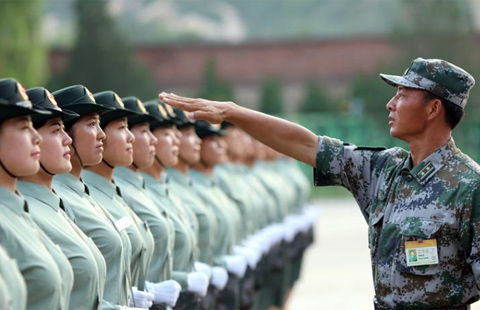
 Female honor guards train for military parade debut
Female honor guards train for military parade debut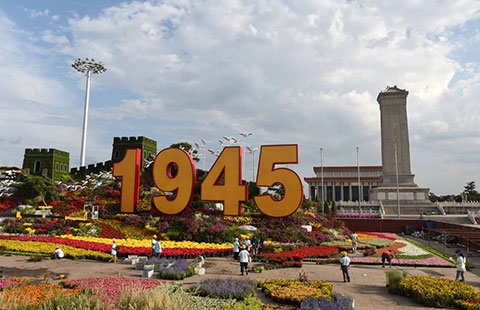
 Floral replica of the Great Wall appears on Tian'anmen Square
Floral replica of the Great Wall appears on Tian'anmen Square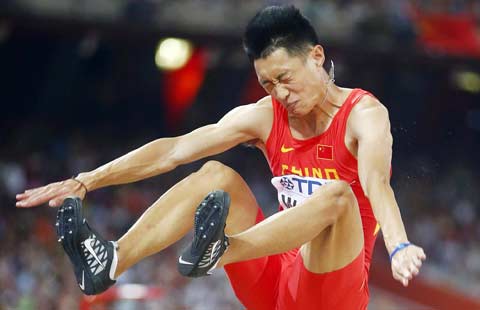
 Chinese long jumpers leap to history
Chinese long jumpers leap to history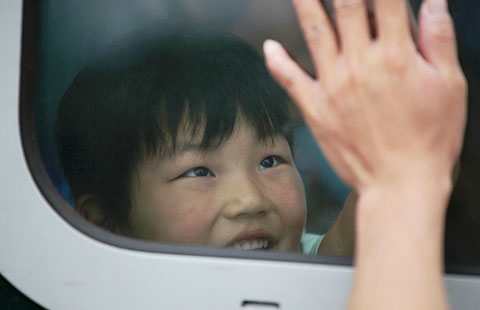
 Goodbyes and tears as left-behind children head home
Goodbyes and tears as left-behind children head home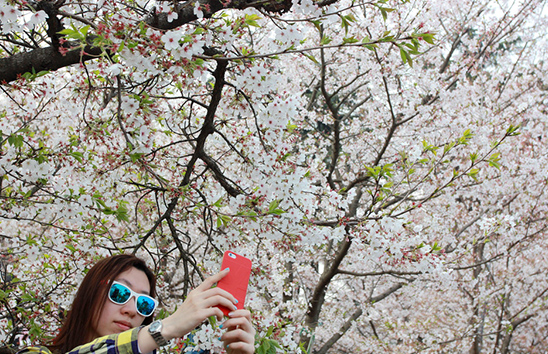
 Top 10 richest universities in China
Top 10 richest universities in China
 Chinese long jumpers leap to history
Chinese long jumpers leap to history
 Female honor guards train for military parade debut
Female honor guards train for military parade debut
 Top 10 richest universities in China
Top 10 richest universities in China
Most Viewed
Editor's Picks

|

|

|

|

|

|
Today's Top News
Shooting suspect had history of workplace issues
11 under probe and 12 detained over Tianjin blasts
War anniversary: Britons born in captivity, raised in freedom
Too hard to say goodbye to Tibet: China's Jane Goodall
Two US TV journalists fatally shot on air
Smaller cub died at National Zoo
Central bank lowers lending rate to ease debts
Officials on suspended death sentence face life behind bars
US Weekly

|

|







